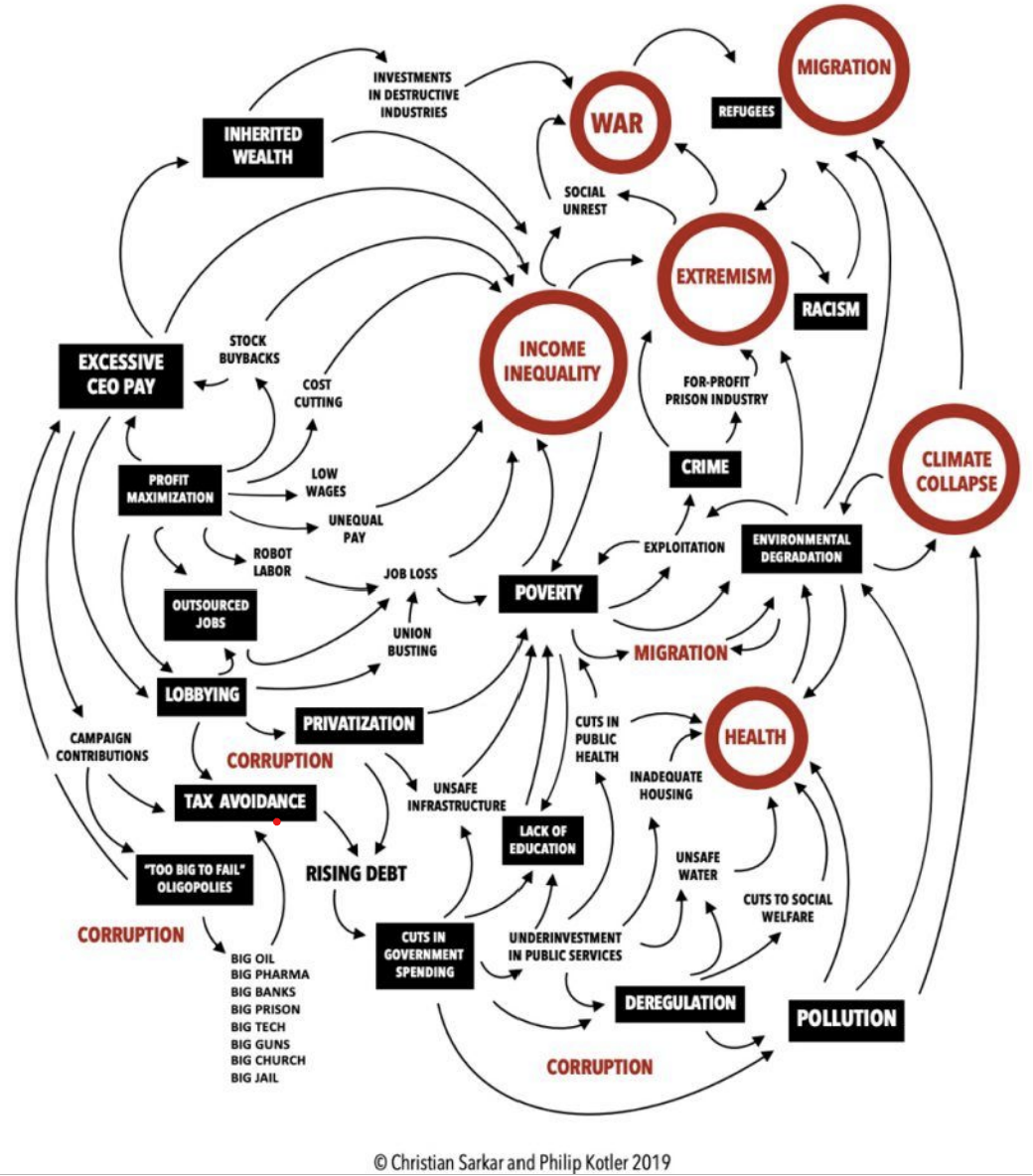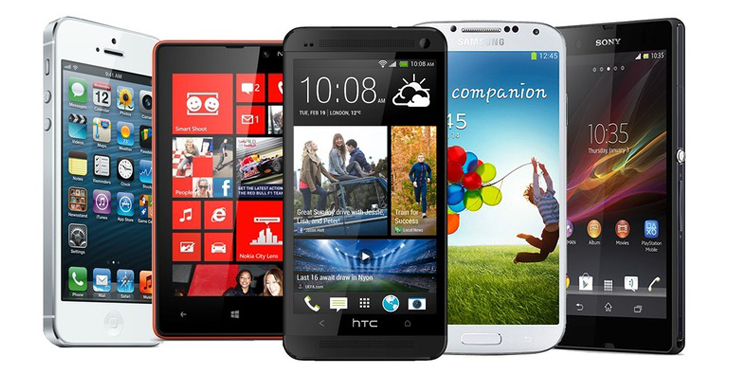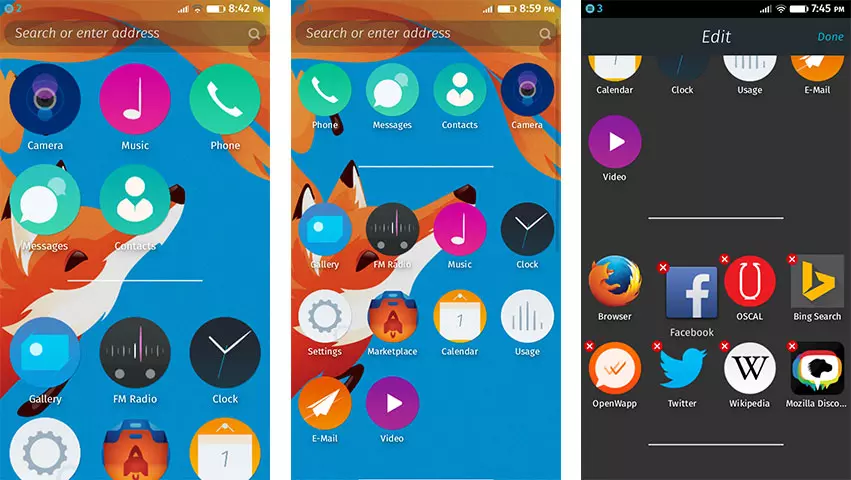Expand thinking of the Impact Case - Reflection on Design That Matters II
A small tool will trigger big impacts
I was thrilled when seeing the Palestinian student team won the challenge. The solution is extremely elegant - one sensor to tell the water usage, but the impact is tremendous.
“an ultrasonic sensor connected to an app…give people control and knowledge about their water usage….This will save them time, money and stress“
What an elegant impact case! This example showed me that no matter how simple an idea is, if that's the to nail to fill the right hole, then you will be the right person!
Sounds Cool, but hold on our desire to address to most critical(extreme) issues

The image presented in the lecture slide made my adrenaline rush, and I'm sure this applies to many people as well. Yes, as developers and designers, we are easily attracted to vulnerable groups and extreme issues. In the sea of “ordinary” projects, finding solutions to these types of problems is often eye-catching and can easily stand out. However, after completing a handful of design projects, I found that the design that targets the most normal groups and solves the most normal problems is the biggest challenge. Many commercial projects have already made outstanding explorations in these directions, leaving little space for future generations.
This reminds me of the battle for supremacy when touch-screen mobile phones were first launched. In addition to iOS and Andriod, there were various desktop designs on the market such as Palm, blackberry, Firefox OS, Windows Phone, etc. Although we know the ultimate winner, when we take a closer look at other systems, we will find that their innovations on implementing the same "desktop" concept. For example, Firefox OS's flexible desktop horizontal separation function. Today we seem to ignore this possibility.

Early Mobile Interfaces

Firefox OS
That's to say, "classic" doesn't mean there's no room for innovation. New technologies are emerging every week, and it is our responsibilities to transform them into new experiences. Therefore, although all the above keywords are very tempting, we should also seriously think about whether there are better solutions to common problems. Let us try to use the latest technological innovations or extremely creative new ideas to design the future of user experience.
Find our own voice through local impacts
Another direction worth exploring is local services. There are a large number of technology companies in Cambridge and Kendall Square, as well as the huge community of MIT. We can explore how can we solve the pain points of their local life through a small app. For example, looking for a parking space or looking for food. It is often difficult for large apps to take care of the details of a small local area, but as residents here we have the opportunity to provide more refined services from a deeper perspective.
All in all, build on the lecture itself, it helped me further find directions and brought me an eye of challenge. Hope it will help further generation of our ideas!
https://www.sitepoint.com/firefox-os-2-0-ui-design-features/